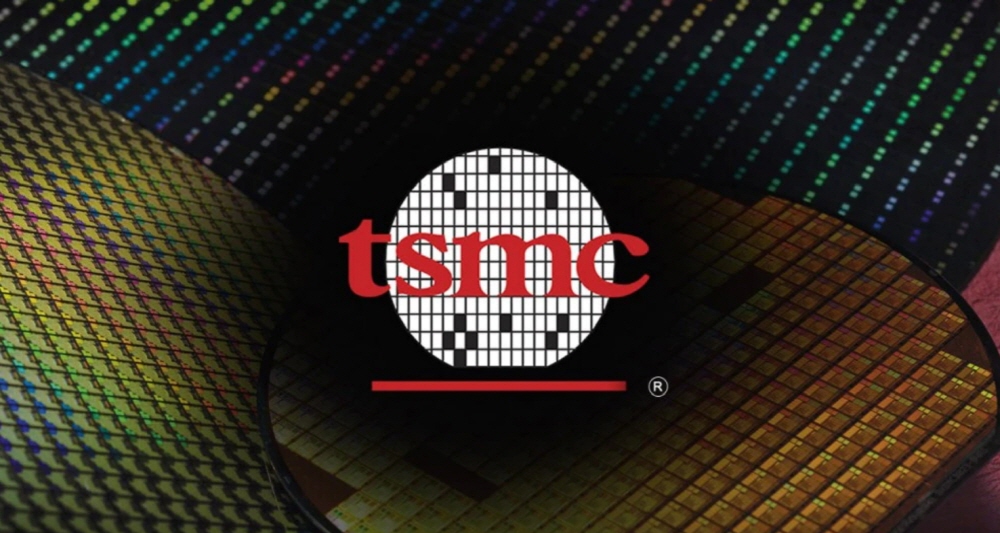
Taiwanese semiconductor company TSMC has decided to build a new factory in Kumamoto Prefecture with a subsidy of 400 billion yen from the Japanese government. Meanwhile, Samsung Electronics is rapidly reorganizing its semiconductor production system due to a shortage of semiconductors, such as announcing the construction of a factory in Texas at a cost of $17 billion.
According to the report, out of the 600 billion yen budgeted by the Japanese government to support semiconductor manufacturing companies, 400 billion yen will be provided to TSMC’s factory in Kumamoto Prefecture. The remaining 200 billion yen is expected to be used to support the expansion of factories such as US semiconductor maker Micron and Japanese semiconductor maker Kioxia.
During the announcement of the third quarter of 2021 financial statements released by TSMC in October, the Japanese plant construction plan was presented. The construction cost of this plant is 7 billion dollars, or 800 billion yen. Sony has decided to invest US$500 million and JPY 57 billion through a joint venture. According to this report, half of the construction cost is supported by the Japanese government.
In the United States, the semiconductor production system is being strengthened. Samsung Electronics plans to build a $17 billion semiconductor plant in the suburbs of Austin, Texas. Samsung Electronics is aiming to start construction of its Texas plant in 2022 and start operation in late 2024.
Texas Governor Greg Abbott said the project is the largest ever foreign direct investment in Texas. Samsung Electronics also explains that the reason for choosing Texas was made in consideration of various factors such as US government incentives and local infrastructure stability.
The semiconductor shortage that continues from 2020 is taking a toll on a wide range of industries from game consoles to smartphones and automobiles. According to one analyst, it makes sense for the supply chain to be geographically diversified, and it is clear that semiconductor foundries will unveil new production plans in the US and Europe in the future.
Analysts say that the move by semiconductor manufacturers to strengthen their production system in the US is predicting that the US government’s semiconductor subsidy budget will be approved by Congress. When US semiconductor production increases, concerns about future semiconductor supply shortages will decrease, jobs will be created, and it is expected that this will serve as a countermeasure against China, which subsidizes semiconductors. Related information can be found here.

